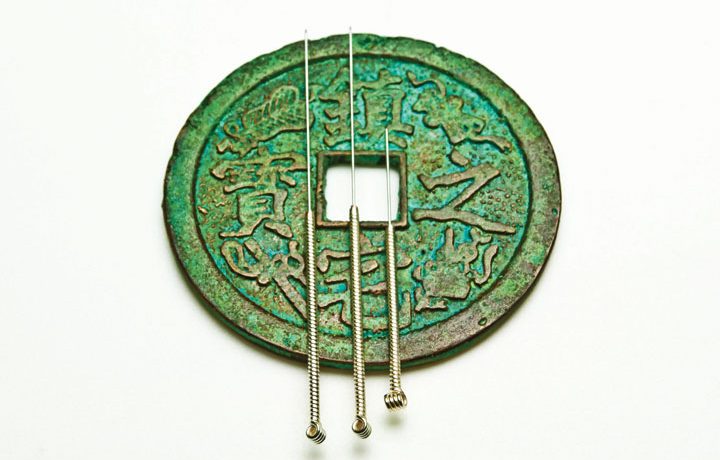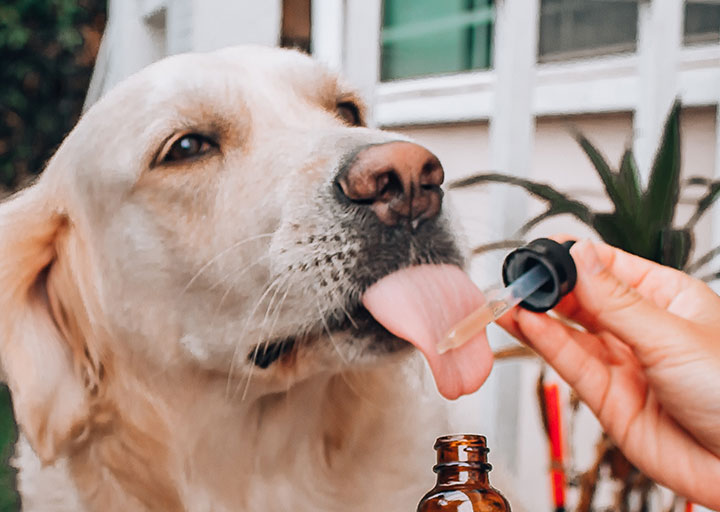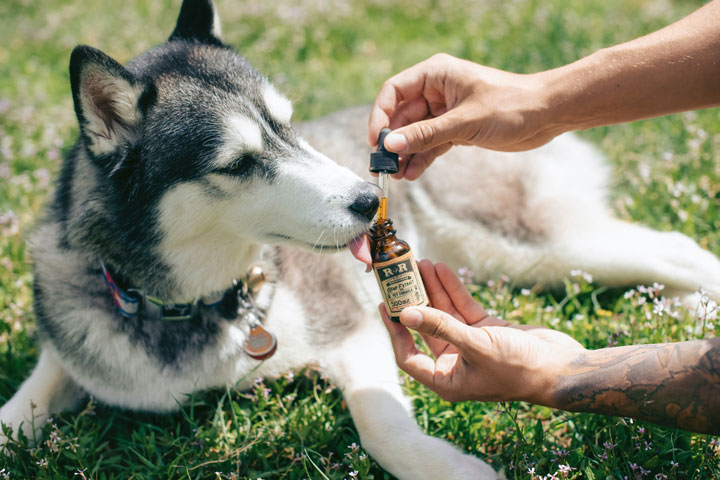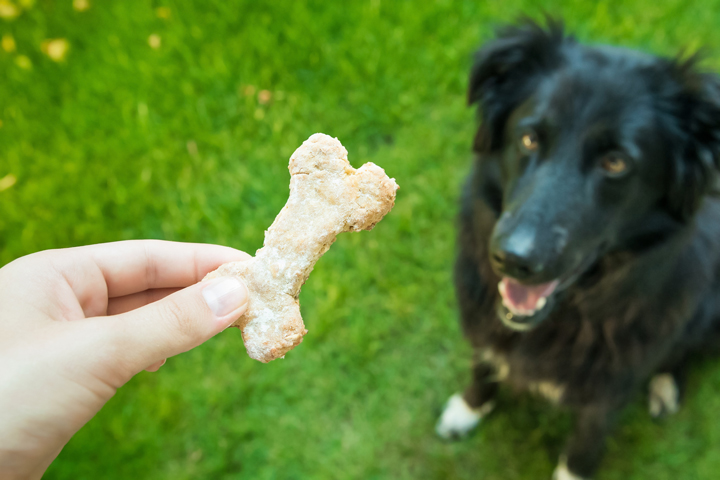Veterinary Acupuncture: An Old Trick for a New Generation of Pets

Veterinary medicine has grown during the past several decades. Pets are living longer through early detection of diseases, improved nutrition, more advanced treatments, and surgical intervention. Veterinarians are striving to produce longer lives and improve the quality of life for patients.
While its application in modern veterinary medicine is relatively recent, the practice of acupuncture is thousands of years old. It is now commonly incorporated into pain management for both humans and animals.
What is Acupuncture and How Can it Help Pets?
Acupuncture stimulates specific points in the body. Traditional Chinese medicine focuses on energy, or Qi, and works toward balancing Yin and Yang. Qi is vitality and energy in people and pets. It nourishes the organs and is the backbone of immune systems and life forces. Yang is warmth, light, and activity, while Yin is cool, dark,and quiet. Too much of one or the other shifts the balance and can lead to illness. The use of acupuncture can help to restore balance to the body. In Western medicine, acupuncture can stimulate the nerves to release endorphins, reduce pain, stimulate blood flow and improve healing. It can also stimulate the immune system, reduce nausea and improve an overall sense of well-being.
Acupuncture Methods
There are many methods used to stimulate acupuncture points including acupressure, dry needling, aquapuncture, electroacupuncture, and laser. Different disease processes and the tolerance of patients for a specific modality help dictate the method an acupuncturist uses.
Dry needling is the most familiar acupuncture technique. It involves very thin, flexible, sterile needles inserted into specific points of the body. They may be turned or manipulated, and are typically left in place for 10 to 20 minutes.
Electroacupuncture uses the same needles, but leads are attached to stimulate the points with electricity. Electroacupuncture is most commonly used for patients with neurologic dysfunction and to relieve pain.
Aquapuncture involves the injection of a substance into the point. Saline or vitamin B-12 is most commonly used.
How Will Pets React to Acupuncture?
Most pets will tolerate dry needles. Other methods, such as a cold laser, can be used if a patient is not tolerant of the dry needle technique. Generally, pets will relax during the session and remain a little quiet for about 24 hours after the treatment. Not every pet will show improvement with acupuncture, just like not every pet improves with a specific medication. When considering acupuncture for pets, be prepared to try at least 3-4 treatments. Then decide whether it is an effective addition to a vet’s treatment plan. More chronic problems will typically take longer to show improvement.
When Should Pet Owners Consider Acupuncture or Other Pain Management Strategies?
Pain tends to be more noticeable when it’s related to an obvious source or traumatic event like a pet being hit by a car, fracturing a leg, or recovering from surgery. However, many pets suffer in silence from conditions such as arthritis, urinary discomfort, gastrointestinal pain, and other pain-causing diseases. Indications of silent pain are found in dogs slower to rise, who stop playing ball or using the stairs, or start showing muscle loss in the limbs. Knowing what to look for can help vets intervene early, maintain muscle mass, and allow pets to be comfortable and mobile longer.
What Should Pet Owners Expect from a Veterinary Acupuncturist?
Veterinary acupuncturists are licensed veterinarians. They receive training through accredited institutions and are certified to practice acupuncture. In addition to acupuncture, some veterinarians also practice holistic medicine including herbology and homeopathy. Others will use these therapies in conjunction with Western medicine. Some will solely approach acupuncture from a conventional Western medicine aspect that does not involve the theories of traditional Chinese medicine. Pet owners should choose a practitioner whose approachis most aligned with their own beliefs. If a veterinarian does not have an acupuncturist in their practice, there are veterinarians specializing in acupuncture to whom they may refer.
At your initial consultation, a pet’s acupuncturist will walk pet owners through the process and goals of the therapy. Conditions unlikely to improve with acupuncture include degenerative myelopathy or complete nerve transection. Although acupuncture may not fix these problems, there are still benefits, which the veterinarian can discuss.
If the acupuncturist practices an aspect of traditional Chinese medicine, they may ask questions that seem a bit odd. These questions help identify a pattern of disease and help determine a more specific treatment. Ideally, the acupuncturist will work in addition to your primary care veterinarian. Therefore, it is helpful to have your pet’s records, labwork, and X-rays available. The veterinary acupuncturist should, in turn, send reports and updates to your primary care veterinarian for their own records.
Conclusion
Not everyone believes in the principals of Chinese medicine. For some, the concepts and potential benefits are hard to grasp. While acupuncture is most commonly thought of as Chinese medicine, studies show there are effects in the nervous system that are beneficial to patients. Most acupuncturists will welcome a conversation with primary care veterinarians if there is some uncertainty as to its uses or benefits for a particular pet.
While acupuncture is not for every condition or patient, it can be a very beneficial addition to pain management and other medical treatments. Speak to your veterinarian or schedule an appointment with a veterinary acupuncturist to determine if there is benefit in adding this centuries-old treatment to your pet’s care practice.
This article was originally published in our Winter 2013 print issue.



Leave a Reply